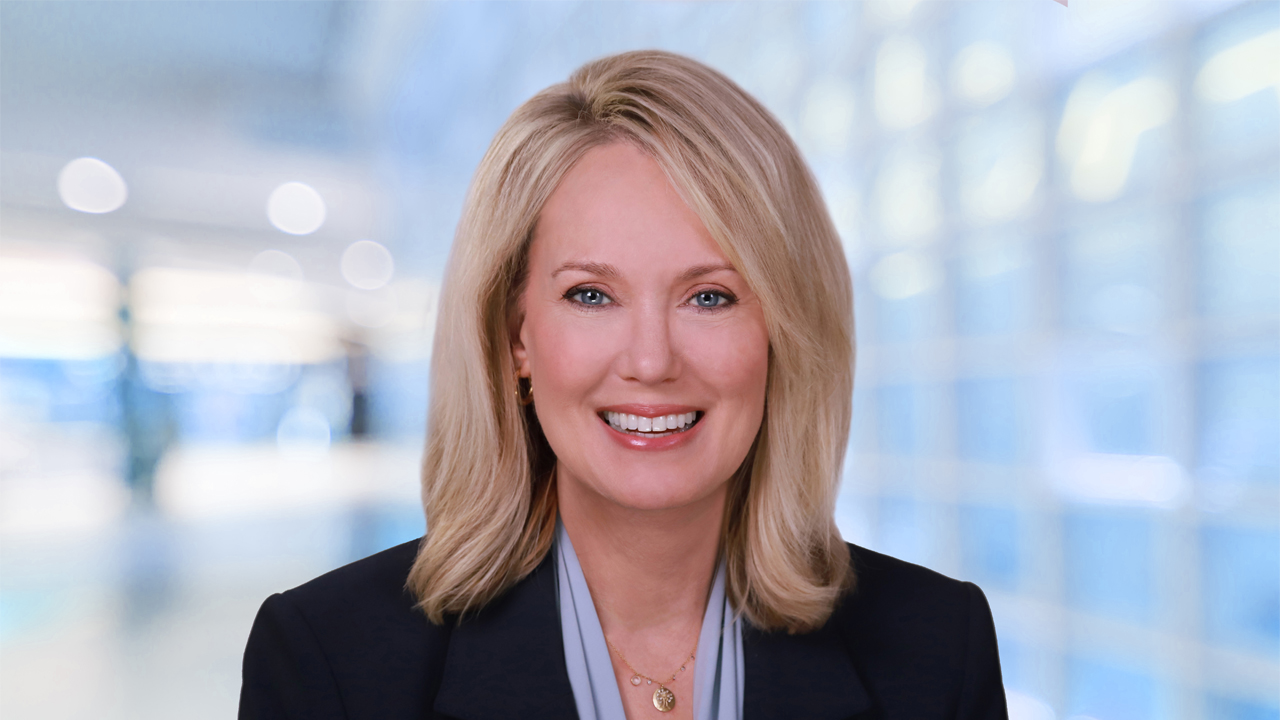Inflation, tariffs and overall economic uncertainty have stifled the number of business owners looking to sell their companies in 2025.
That could soon change as local investment bankers anticipate an influx of sellers in 2026, primarily driven by lower interest rates and business owners adjusting to operating in the current environment.
Inflation and higher interest rates put a “brake on the market” at the start of the year, said Ann Hanna, managing director and founder of Milwaukee-based investment bank Taureau Group. Deal volumes were much lower than initially anticipated, according to Hanna.

For private equity groups, which borrow money to acquire companies, the cost of doing so is much higher. Inflation decreases multiples (a financial ratio used to value a business), which leaves private equity firms with the challenge of using financial engineering to prove out any returns that are promised to investors.
“When their cost of borrowing money goes up, they’ve got to buy the company at a lower value to still get the same return,” said Hanna.
This means private equity firms are buying fewer businesses, leaving corporate strategic buyers at an advantage. These buyers can focus on finding operational synergies to reduce costs.
“A lot of businesses are looking to grow through acquisition, because all of a sudden, now they’re winning deals in the market,” said Hanna.
At the start of the year, Milwaukee-based investment bank TKO Miller closed three deals right away and had a pipeline of deals still in the works.
“Everyone really expected this to be a big year,” said Nick Kozik, director at TKO Miller. “There’s a lot of pent-up demand for sellers who want to sell businesses.”

That came to a screeching halt in March, when President Trump began formally implementing some of his tariff policies.
One business that was set to hit the market in early April is still on hold, a story that became very common among TKO Miller’s clients.
Deal flow began to pick up slightly in July and early August, but it has still not risen to the levels initially expected by investment bankers. This was mainly driven by lingering uncertainty, Kozik said.
“We had some deals that were later in the process and a couple that we got out to market,” said Kozik. “If you had a deal that was not exposed at all to the tariffs, buyers were really interested in it.”
This included service businesses, critical maintenance services and non-discretionary services, which Kozik said only make up about 20% of all deals.
Taureau Group has seen the most buyer interest in companies that serve the aerospace and defense, medical device and artificial intelligence industries.
“What we’re seeing because of this market, which is driven in some respects by inflation, is that Taureau Group is having the biggest year we’ve ever had for buy-side work,” said Hanna.
Selling in 2025
Even with lingering economic uncertainty, some aging buyers can’t wait much longer to sell their businesses.
For business owners in industries that are heavily reliant on overseas supply chains, and therefore exposed to tariffs, this can prove to be a challenging task.
Those companies need to find ways to reassure buyers that they’ve worked to solidify their supply chains. Having alternative supply chains and looking for ways to eliminate any uncertainty are key, Hanna explained.
“There’s always been tariffs. It’s being able to say this is what it is, and with a lot of reliability, I know that this is what it’s going to be for the next few years,” she said. “That’s what buyers want — certainty so they can price it.”
If a buyer is in a position where they can’t eliminate uncertainty, they’ll likely have to consider accepting an earnout or a seller note, which would help finance a portion of the deal.
As our “tolerance for chaos” has gone up, sellers returning to the market will find 2026 to be a “great year” to be active in the M&A market, Hanna said.
“It’s feeling like things are really ramping up, and there’s going to be a lot of sellers coming to market in the next 12 months,” she said. “As things normalize, business confidence will go up.”
Some of that confidence will also come from additional anticipated rate cuts made by the Federal Reserve, which Kozik said will help slowly begin to speed up deal activity.
Still, he recommends that more economically impacted business owners wait at least another year to sell if they’re able.
“That’s when we’ll hopefully see longer-term trade agreements with major trading partners,” said Kozik. “If you can wait for 12,18, maybe even 24 months, you’ll probably get a better valuation.”
In the meantime, putting more data reporting systems in place now will allow business owners to provide a better estimate of how tariffs will continue to impact their companies in the future. The ability to carefully track costs is a top priority for buyers.
“You’re really just kind of waiting for the current tariffs to work their way through a year or so of financials, so buyers can be comfortable valuing the business kind of on a steady state,” said Kozik.
